Everything You Need To Know About Mahakaleshwar Jyotirlinga
By: Priyanka Maheshwari Tue, 05 Sept 2023 5:55:27
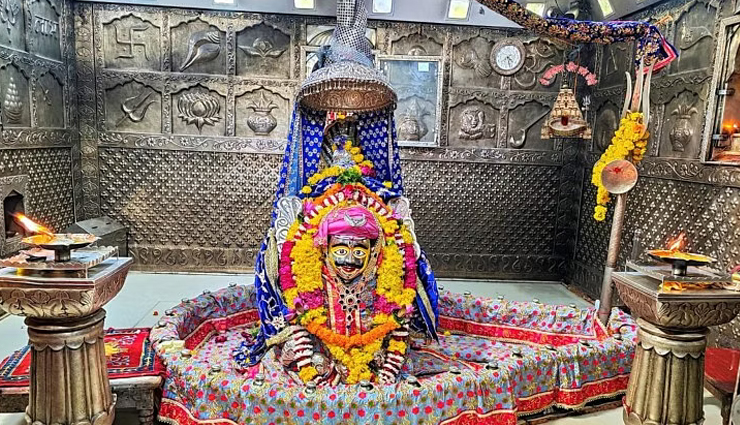
Such is the magnificence of the sacred abode of Mahakala, the deity of time, who presides over the Mahakaleswar temple in Ujjain. This temple holds a revered status among the twelve Jyotirlingas across the country, with the Maha Shiva Lingum within it being considered Swayambhu, meaning self-manifested.
This exquisite temple has withstood the test of time, serving as a testament to the unwavering faith of Shiva devotees. One cannot help but be captivated by the artistic brilliance adorning its walls and the monumental idol of Lord Mahakal, whose mere presence is a divine blessing.
Every daybreak, countless devotees gather to witness the renowned Bhasma Aarti, a ritual of offering sacred ash to Lord Shiva. The Mahakaleswar temple's spire has borne witness to countless divine events, from miraculous occurrences to enigmatic mysteries that remain unsolved, all fueled by the unshakeable faith of the faithful.
The history of the Mahakaleshwar Temple traces back to its establishment by Prajapati Brahma himself. Coins unearthed in Ujjain bear the imprint of Lord Shiva, attesting to its ancient significance. During the Paramara period, the temple faced destruction at the hands of invaders, only to be reconstructed by Udayaditya and Naravarman later.
According to the ancient scripture Sthalapuranam, King Chandrasena was a devoted follower of Lord Shiva. In response to his fervent prayers, a young boy named Shrikhar sought to join him but was shunned by the people and expelled from the city. Shrikhar, however, overheard the sinister plans of rival kings Ripudhamana and Singhaditya, who conspired to attack the city with the assistance of the demon king Dushan.
Furthermore, Dushan possessed the power of invisibility granted by Brahma. In dire straits, Shrikhar and a priest named Vriddhi turned to Lord Shiva for aid. The enemy forces arrived in Avantika (Ujjain) and subjected the city to relentless torment, imposing a ban on all Vedic Dharmanushtan activities. The beleaguered populace fervently prayed to Lord Shiva for salvation.
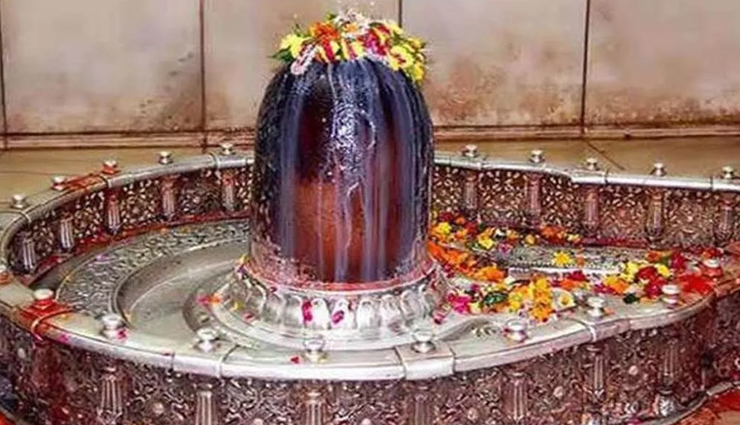
The History of the Temple
The ancient fortifications surrounding Mahakaleswar stand as silent witnesses to numerous assaults and devastation wrought by foreign invaders. In the early 13th century, during his incursion into Ujjain, Iltutmish, the third ruler of the Slave dynasty, ordered the temple's complete demolition. It is recounted that the revered Jyotirlingam within the temple was dismantled and callously cast into a nearby pond, subsequently known as Koti Teerth Kunda. Additionally, the invader pilfered several precious religious artifacts from the temple, each bearing profound significance.
However, the temple's fortunes took a remarkable turn during the reign of Maratha General Ranoji Shinde in the fourth and fifth decades of the 18th century. Ranoji Shinde's Diwan generously contributed his wealth to construct the current temple structure, designed in the Maratha architectural style. The administration of the temple remained under Maratha governance for several decades until it was entrusted to a trust known as Dev Sthan. Following India's independence in 1947, the Dev Sthan trust was replaced by the Ujjain collectorate office as the temple's administrator.
For steadfast Shiva devotees and Hindu worshippers, Mahakaleswar stands as a symbol of eternal salvation (Moksha) and unwavering faith. The shrine also holds the distinction of being one of the 18 Maha Shakthi Peethas. According to Hindu mythology, Goddess Sati, Shiva's first wife, sacrificed her life in defiance of her father's objections to her union with Shiva. In homage to her sacrifice, Lord Vishnu divided her body into several parts, which transformed into sacred shrines upon touching the earth. These sacred sites came to be known as Shakthi Peethas, with Mahakaleswar believed to be the location where her upper lip fell.
Legend has it that anyone who worships at this temple and earnestly seeks their heart's desire will see their wishes fulfilled. Owing to its divine aura and spiritual serenity, the temple draws millions of devotees year-round. Over 1.5 lakh sadhus visit the temple annually to bask in the boundless presence of Mahakal.
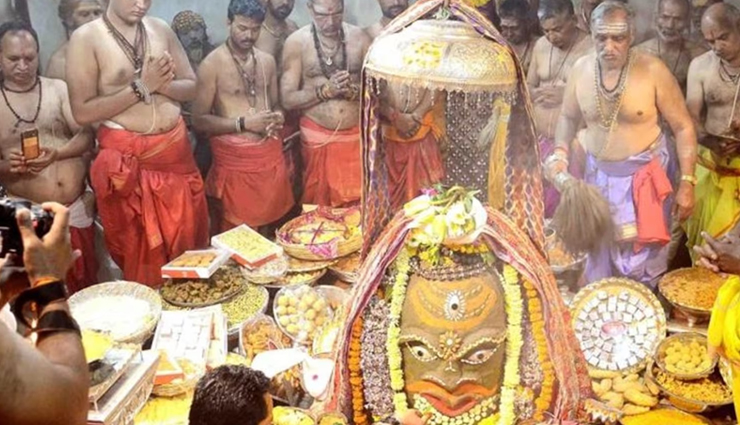
Architectural Significance
Mahakaleswar temple showcases a captivating fusion of architectural styles, blending the influences of Maratha, Chalukya, and Bhumija design elements. The Maratha architectural style represents a revival of the medieval-western Chalukyan and Bhumija styles, characterized by multi-story structures adorned with intricate carvings. The temple's five-story edifice, supported by imposing walls, stands as a testament to its majestic splendor.
Adjacent to the temple complex, a substantial pond named Koti Teertha Kunda graces the surroundings. On these colossal walls, you will encounter sacred mantras, hymns, and songs revering Lord Shiva, inscribed as a form of devotion. As you descend to the ground floor sanctum, known as the Garbhgriha, you will be greeted by the divine presence of Omkareswar Shiva positioned above the Mahakal shrine. The Garbhgriha's ceiling is adorned with intricate silver plates, while beautifully carved depictions of Goddess Parvati, Lord Ganesha, and Lord Kartikeya adorn the north, west, and east sides of the inner sanctum.
Turning your gaze to the south, you will encounter the image of Nandi, the venerated bull calf and the faithful vehicle of Lord Shiva. Ascending to the third level, you will discover the sacred idol of Nagchandreswar, the serpent king who gracefully adorns Shiva's neck like a garland. This particular idol is accessible for Darshan, or divine viewing, exclusively during Nagpanchmi, the festival dedicated to the veneration of snakes.
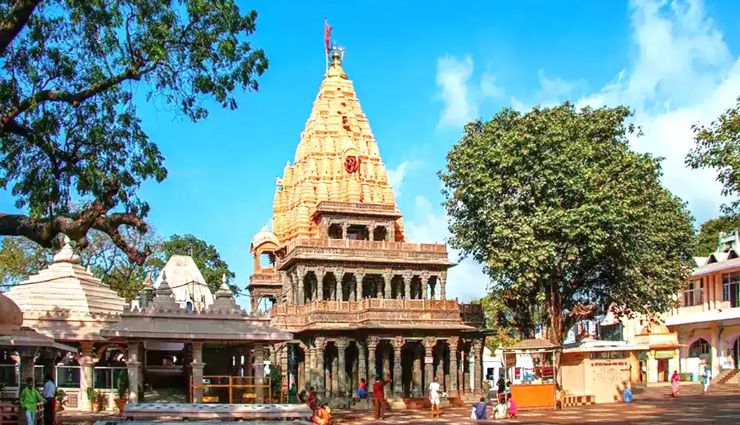
Rituals and Ceremonies for Mahakaleshwar
Mahakaleswar Temple is steeped in a multitude of religious ceremonies and rituals, each contributing to its grandeur. The most prominent among these is the daily Bhasma Aarti, which draws a vast congregation of devotees to the temple complex every morning just before sunrise. In this sacred rite, the temple priests apply ash collected from the banks of the nearby Shipra River onto the Jyotirlinga.
It is remarkable to note that Mahakaleswar is the sole Jyotirlinga among the twelve where this specific ritual is performed, lending it a unique and profound significance. The sheer magnitude of participants necessitates that devotees secure tickets for the Aarti a day in advance due to the high demand.
Beyond the daily spiritual experiences, Mahakaleswar offers a spectrum of other festivities to anticipate. Noteworthy among these are the Nitya Yatra and the Sawari. The Nitya Yatra entails a devotee's purification through a sacred bath in the Shipra River followed by a visit to the idols of Mahakaleswar and Nagchandresvara. This ritual is undertaken with the intent of seeking blessings for longevity and prosperity from Mahakal.
On the other hand, the Sawari is a grand procession of Lord Shiva that traverses the streets of Ujjain every Monday. Its purpose is to provide common people with the opportunity to witness the divine presence of Shiva and to cleanse Ujjain of all malevolent influences. The Sawari conducted during the Bhadrapada fortnight garners the participation of thousands of individuals from across the country, making it a truly remarkable spectacle.
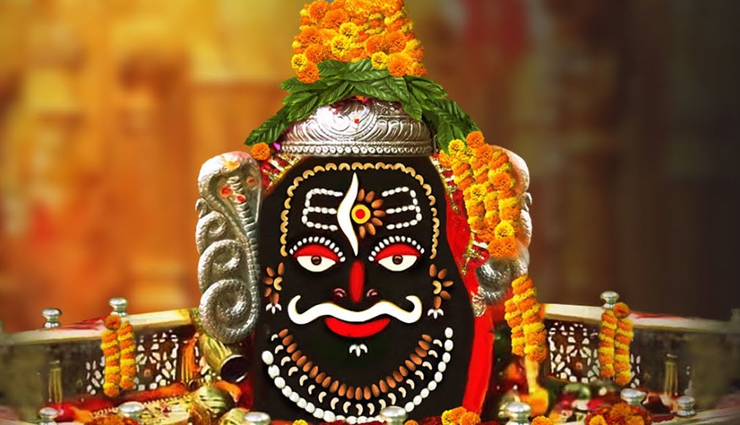
Mystical Experiences
The Mahakaleswar temple has long been a focal point for enigmatic tales and incidents, with a rich tapestry of stories to intrigue visitors. According to some accounts, during one of the Bhasma Aartis, there was purportedly an apparition of Lord Shiva himself within the temple, an event that was captured in a viral internet video. Nevertheless, opinions on this occurrence vary, with some dismissing it as mere illusion.
Local residents also share reports of a mysterious figure, allegedly captured by the CCTV cameras within the temple complex, engaged in worship of the lingam during the nighttime hours. Devotees devoted to Lord Shiva believe that this entity might be a supernatural spirit who sought solace and redemption within the sanctified confines of Lord Shiva's temple, as Lord Shiva is known to bestow blessings upon both mortals and spirits.
Another well-known narrative concerning Mahakaleswar revolves around the visit of former President Indira Gandhi. Legend has it that after her electoral defeat, she made a visit to the temple and requested a special prayer for success in the subsequent elections. As per tradition, women are not allowed inside the Garbhgriha, so she patiently waited outside for an hour. Devotees assert that it was the divine blessings of Lord Shiva that facilitated her victory in the subsequent elections.
Furthermore, several other politicians, including Digvijay Singh and Uma Bharti, are said to have visited Mahakaleswar and subsequently achieved electoral success, adding to the temple's aura of mystique and divine influence.





